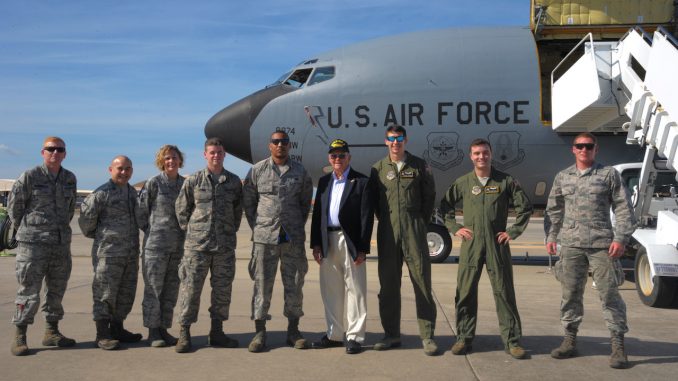
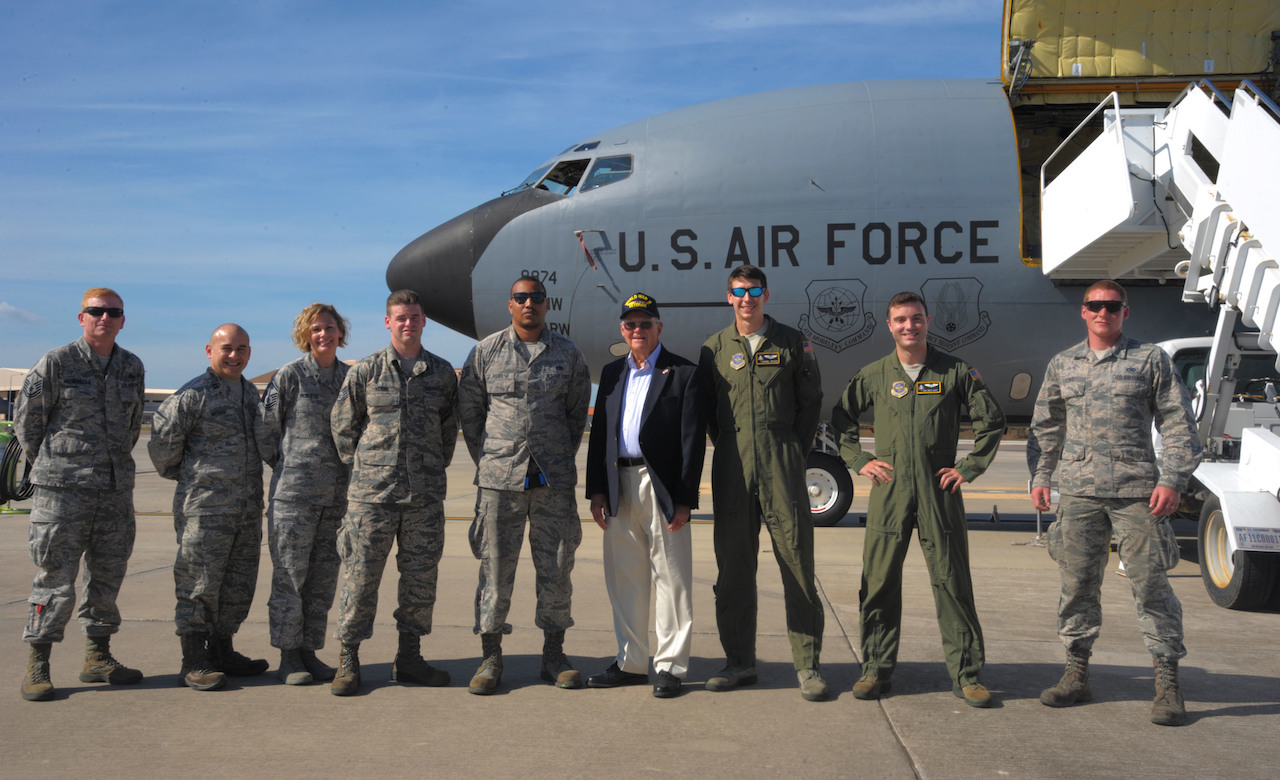
It’s World War II and Nazi Germany occupies France, an Allied nation. Somewhere in the moonlit French countryside, a modified B-24 Liberator flies overhead. Painted matte black, and stripped of unnecessary equipment, this B-24 is flying a secret mission. Flashlights shine from the ground as a dispatcher in the bomb bay of the aircraft opens a hole in the floor and begins pushing crates out of the aircraft. The crates parachute down to a group of French Resistance members. In these crates, collections of ammo, weapons and other supplies benefit the resistance fighters.
One of these dispatchers, Keith Cole, visited MacDill Air Force Base, Florida on Jan. 18, 2017, to share his experience and catch a glimpse of how the Air Force has changed since his time of service.
He began his visit with a speech at U.S. Special Operations Command.“I was a part of the 492nd Bombardment Group, also known as the Carpetbaggers, during World War II,” said Cole. “We started as an anti-submarine squadron, but instead began working with the Office of Special Services to drop supplies to French guerrilla fighters.” The OSS, a predecessor to the Central Intelligence Agency, used the 492nd BG to secretly arm the French. During the war, the 492nd helped deliver more than 5,000 tons of supplies including 18,535 containers, 10, 700 packages, 662 spies and approximately one million gallons of fuel. “Silence was a must during our missions,” said Cole. “No one talked about what we did; it was kept shrouded in secrecy. “At the time, I knew what my objective was, but some details I didn’t even learn about until several years after the war was over.”
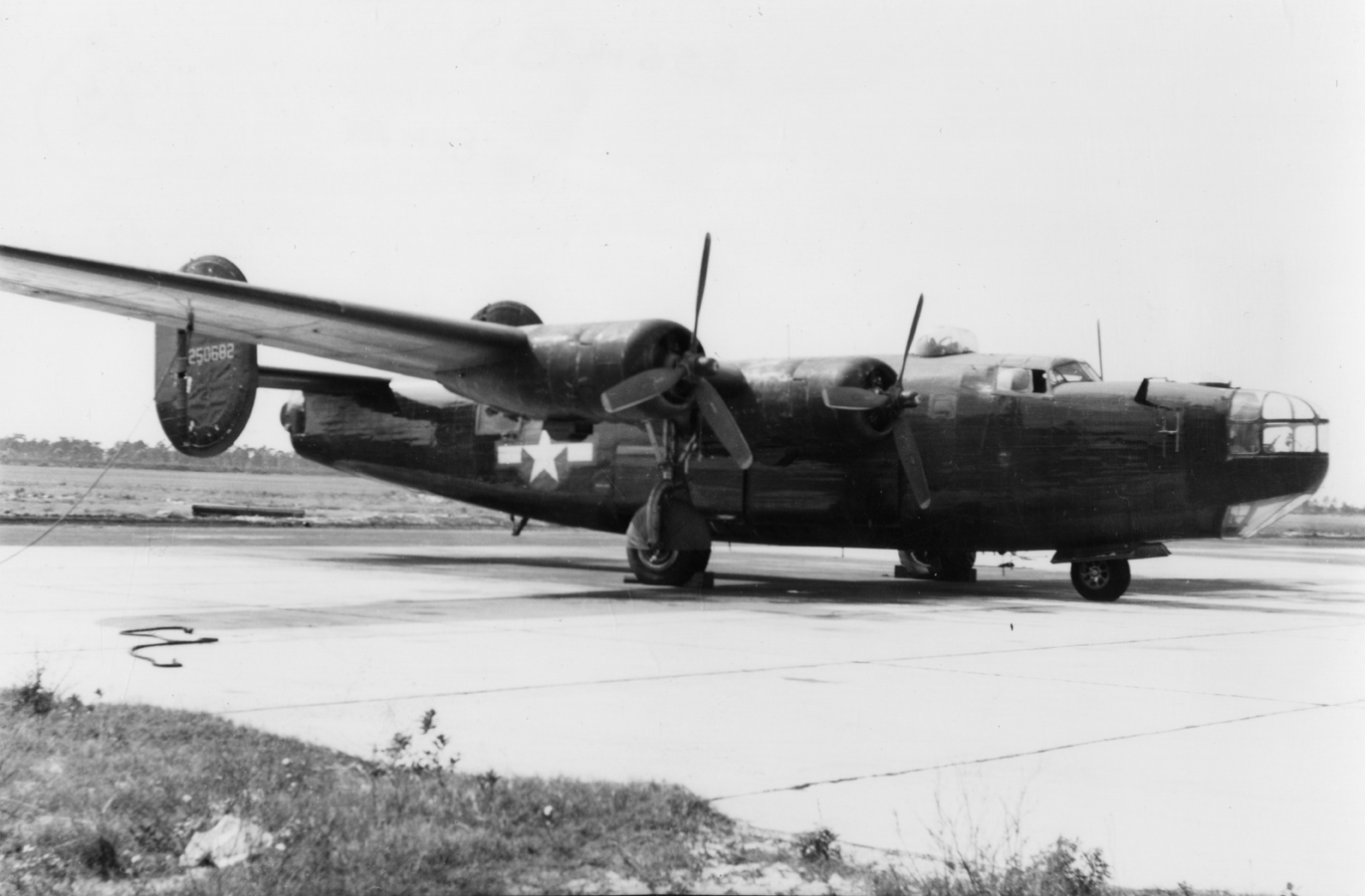
However, Germany was aware of the secret airlift missions, but couldn’t fool the B-24 crews to mistakenly drop supplies to them. In order to keep the enemy from intercepting any supplies, the OSS and 492nd developed secret codes. French resistance fighters used radios with a scrambler to provide their location to the OSS in London. The message would be decoded by the OSS and supplies were loaded onto the B-24s. Later that day, at 6 p.m. on the British Broadcasting Channel, a television host would announce the news. “The first 10 words the news anchor spoke, were actually a secret code for the resistance fighters to decipher, so they would know which groups would be supplied that night,” said Cole. “We would fly to their location, and they would signal us with flashlights.” If the signal was identified, the supplies were dropped. However, if the pilots couldn’t recognize the signal, the flight would return to England. “Our methods were very primitive,” laughed Cole. “Aside from radios, we had absolutely no technology to help accomplish the mission.”
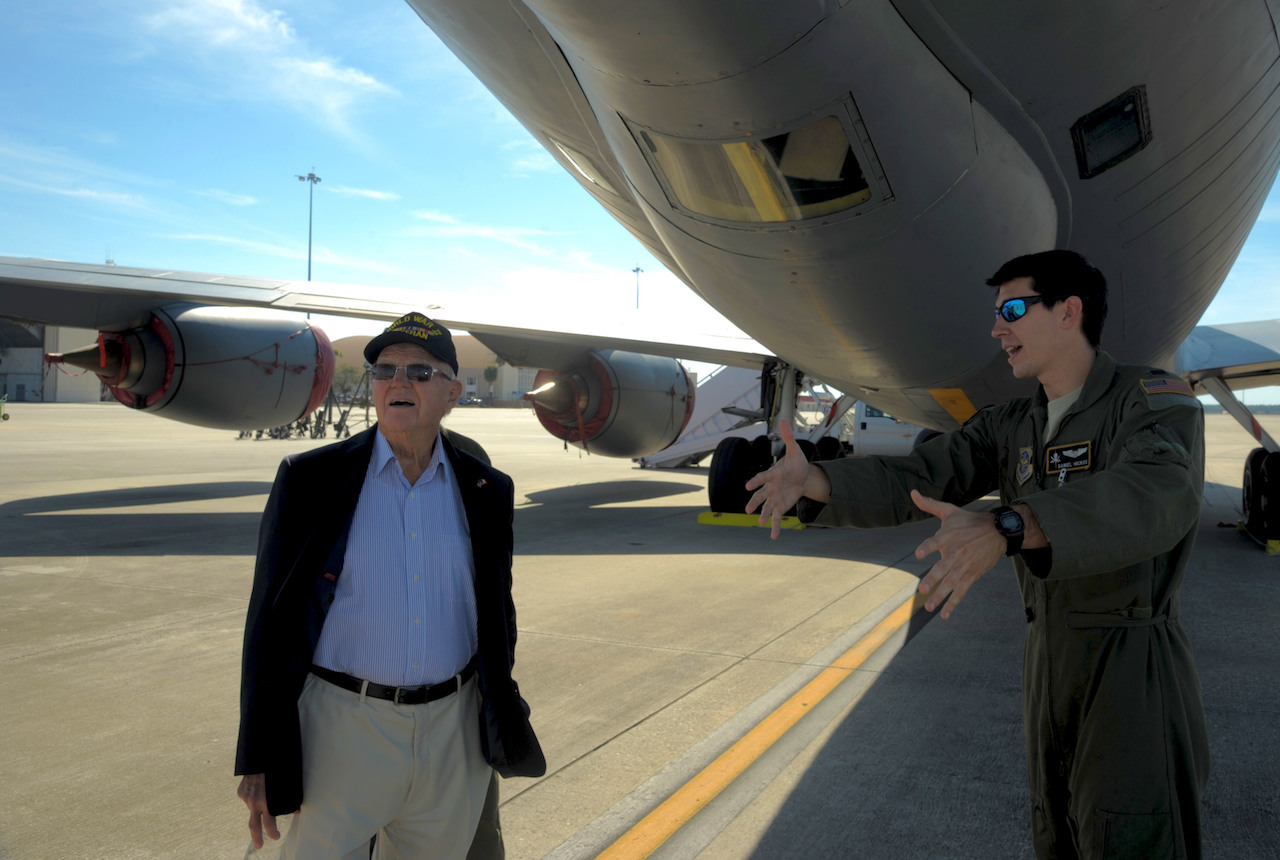
After he spoke at USSOCOM, Cole was shown the inside of a KC-135 Stratotanker. While inside, members of the 6th Aircraft Maintenance Squadron and the 91st Air Refueling Squadron talked about different aspects of the KC-135. “I’m impressed with how far things have come since I was in,” said Cole. Cole learned that his same objectives more than 70 years ago are still being accomplished today.“What Mr. Cole did as a Carpetbagger, helped pioneer the Air Force Special Operations Command,” said Col. Christopher Ireland, the deputy director of strategy, plans and policy assigned to USSOCOM. “He started with the early days of tactical airlift and coordination between air and ground forces.”
At the end of the tour, Cole made his way to the 91st ARS heritage room, where he showed his French Legion of Honor, the highest decoration obtainable in France. “Many of us [Carpetbaggers] received this award,” said Cole. “It’s humbling to me to have earned it, but all I did was push stuff out of airplanes.”
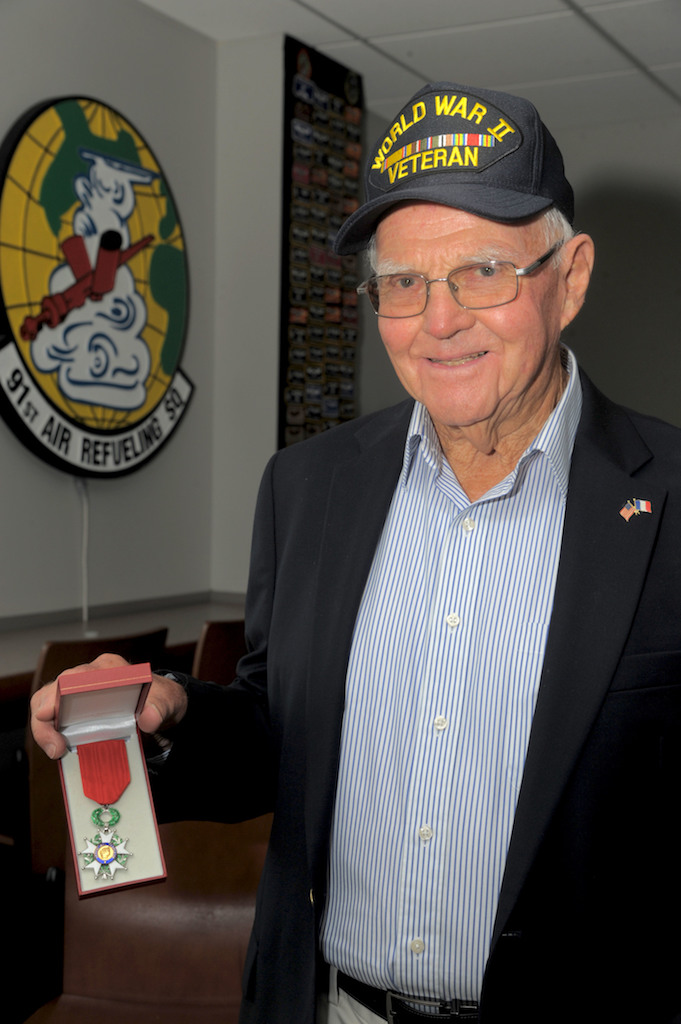


Be the first to comment
Graphic Design, Branding and Aviation Art